Microsoft in 2020: year in review
Microsoft has experienced a fair old rollercoaster of ups and downs this year, with some impressive hardware launches on one hand, and some disappointing delays on the other (Surface Neo springs readily to mind).
It was quieter on the software front in some respects, certainly when it came to Windows 10, although Microsoft pushed forward in the gaming arena considerably, not least with a massive acquisition which you’re unlikely to have missed. If you did, though, read on to find out the full details of that multibillion dollar buy, and our assessment of everything else that Microsoft did in 2020 – as well as our thoughts on what’ll be coming from the company next year.
- We'll show you how to build a PC
- And how to speed up Windows 10
- These are the best laptops around

Windows 10 and the ‘X’ factor
Windows 10 had a pretty quiet year on the whole. Of the two biannual feature updates delivered this year, the second one – the October 2020 Update – was only a minor upgrade that didn’t do much.
And the big changes, which were delivered with the May 2020 Update earlier in the year, weren’t all that majorly impactful in all honesty. Yes, some useful tweaks were made to the search experience in Windows 10, and changes to Cortana, as well as the introduction of a new Cloud Download feature to make reinstalling Windows 10 an easier and more convenient process – but there was nothing particularly earth-shattering.
Sadly, bugs rather plagued the May 2020 Update too – and some fairly nasty ones at that, not that this is anything new for Windows 10 – plus it didn’t prove particularly popular with upgraders.
Overall, then, it was a pretty ‘meh’ year for the OS, and that was compounded by the fact that Windows 10X, the new spin on Microsoft’s desktop operating system, was supposed to emerge in all its lightweight splendor this year – but didn’t.
And neither did the dual-screen devices which were supposed to debut with Windows 10X on board, with this innovative hardware and the new flavor of the OS being delayed – including Microsoft’s Surface Neo (we’ll come back to Neo and other Surface devices shortly). It was further revealed that Windows 10X will now come to single-screen devices first (meaning traditional laptops), somewhat dampening enthusiasm about how revolutionary this new take on the desktop operating system might be when it does pitch up next year.
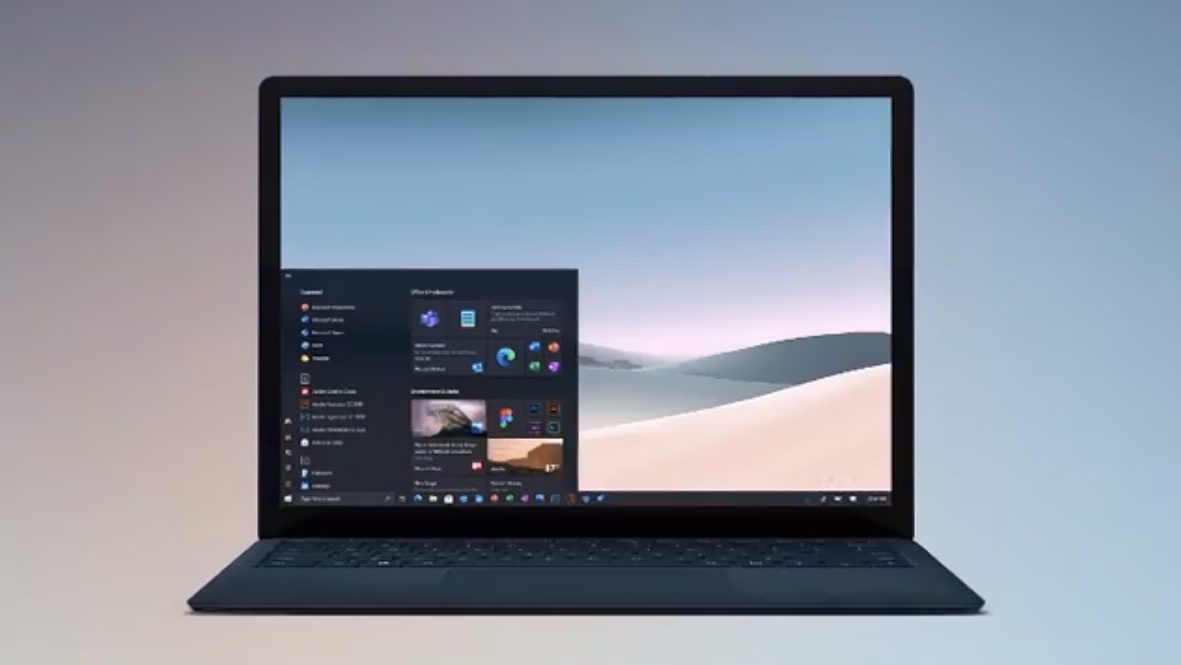
Behind closed Windows
While not much was happening with Windows 10 on the face of it, by all accounts there was a lot going on behind-the-scenes that we weren’t supposed to see – but caught glimpses of thanks to the various leaks and rumors which came out of Microsoft during 2020.
Aside from the development of Windows 10X, which is a given, there were a couple of big projects that were initiated behind the doors of Microsoft’s HQ in Redmond, one of those being ‘Sun Valley’ which promises nothing less than a complete overhaul of the Windows 10 interface.
Everything – including the Start menu, File Explorer, Action Center, taskbar, the lot – is set to benefit from a more modern and contemporary appearance, and a refinement of Fluent Design, with work well underway now, targeting an H2 2021 release (meaning this will be in the second big feature update of Windows 10 next year, going by rumors – although of course all this could change).
Project Latte is another weighty nugget that dropped on the grapevine late in the year, apparently showing Microsoft’s ambition to let Windows 10 users run Android apps on their desktop, which would be another major string to the flexibility bow for Windows 10.
What we’re getting at here is that for Windows 10, 2020 seems to have been more a year of groundwork and preparation, ahead of a lot of new stuff potentially being unleashed next year.
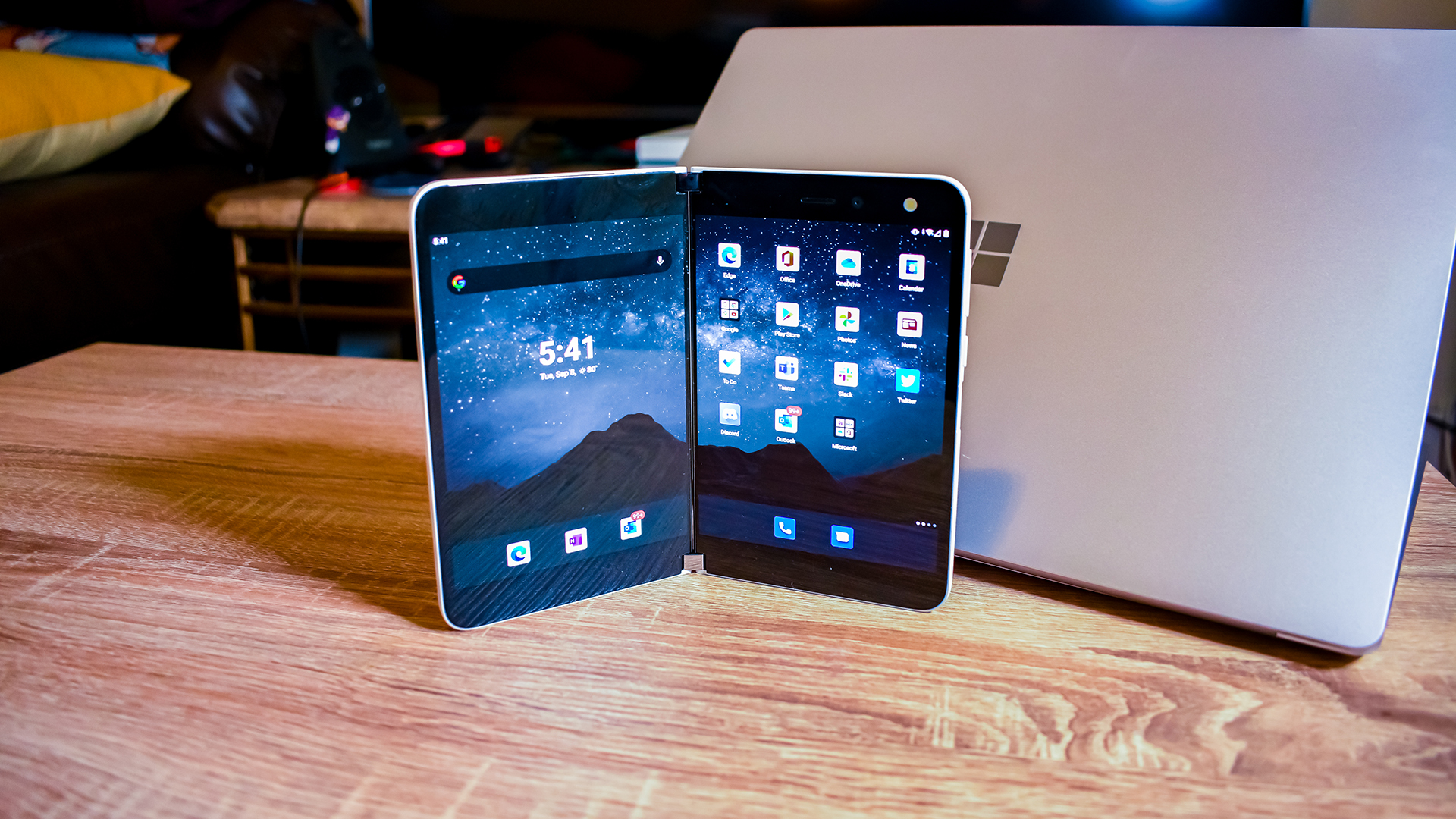
Surface successes – and disappointments
As we mentioned previously, Surface Neo should have arrived for holiday 2020, but Microsoft announced its delay in April, hinting that it might not turn up until the end of 2021 – and more recently, there have even been suggestions of a delay until 2022 – but take that with a big pinch of salt. Still, it’s clear enough that we’ll be waiting some time for Surface Neo yet…
So, what Surface products did we see from Microsoft this year? Perhaps the most interesting – and certainly innovative – one was Surface Duo. This was the dual-screen device that did come out in 2020, but it wasn’t a PC. It was a phone. Although according to Microsoft, it was a ‘pocketable computer’. Or a ‘communication device’.
The company has used all sorts of weird and wonderful terms for Surface Duo, trying to avoid the ‘p’ word, but essentially it is a phone with two screens (running Android), albeit one with a really nifty design. It’s a seriously tempting portable productivity device, particularly for those who use Microsoft Office a lot.
We appreciated the innovation on offer with Duo, even if we weren’t so impressed with the hardware inside – and seriously balked at the asking price. On balance, Duo was a win for Microsoft in 2020, albeit with caveats which are understandable when it comes to trying to do something genuinely different with a mobile device.
If Surface Duo was pricey, then at least Microsoft plumped for a much more wallet-friendly portable with the new Surface Laptop Go which arrived in October. Starting at $549, this compact 12.4-inch laptop proved to be a fantastic machine for the money, oozing style and benefiting from a top-notch build quality, all while being affordable. This was the real star of Microsoft’s Surface line-up for 2020, and in our review we gushed that it “redefines what budget laptops should look like”, no less.
Microsoft failed to make such an impact with the Surface Book 3, which emerged in May, but landed somewhat awkwardly due to the components inside – the weak CPU in particular – and the weighty asking price. The Surface Go 2 came out alongside the new Surface Book, and proved a solid offering in terms of a budget-friendly Windows 10 tablet.
Overall, then, it was a favorable year for the Surface division, although there was no sign of any movement on the Surface Pro or Surface Laptop front. The final piece of the puzzle for 2020, Microsoft’s Surface Pro X refresh, went on sale in October and was a very minor affair – essentially just upgrading the CPU to a Microsoft SQ2 model (the original ARM chip was the SQ1, of course, a tweaked higher-powered version of Qualcomm’s 8cx SoC – and you can still buy the hybrid with that processor at a more affordable price).
There was definitely some improvement when it came to the performance of the Surface Pro X with the new SQ2 model, as you’d expect, and in terms of app compatibility for that matter (remember that this is an ARM-based portable). But not long after it was refreshed, the Pro X found itself under fire from a somewhat unexpected direction – namely Apple.
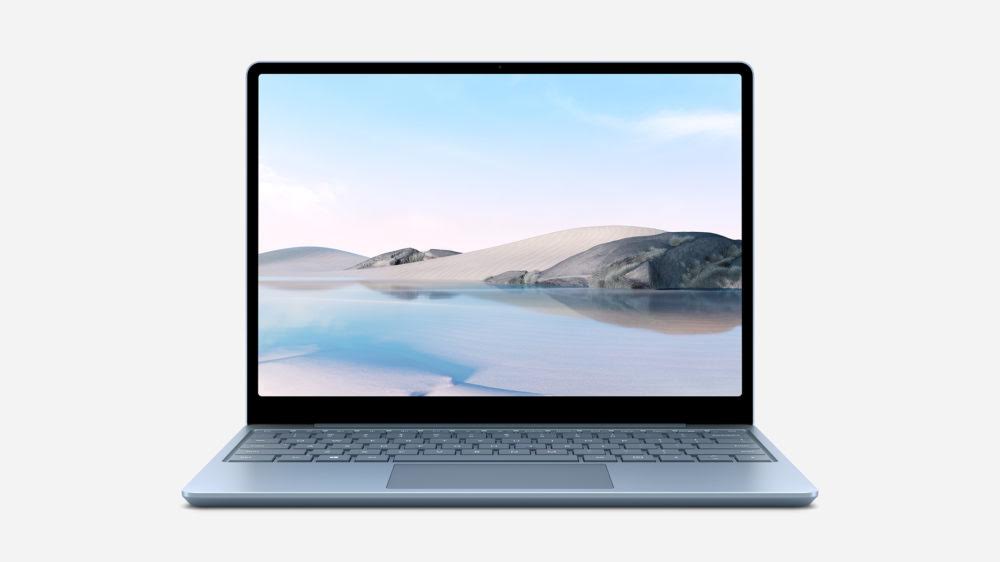
Apple embarrasses Microsoft
As mentioned, Microsoft might’ve introduced the SQ2 processor in October, but in November, Apple unleashed its own custom-designed ARM effort, the M1 chip, which powered some new MacBooks (and the Mac mini). The problem being that Apple’s ARM solution blew away Microsoft’s in no uncertain terms.
To the point that we witnessed Apple’s M1 SoC running Windows 10 on ARM (using virtualization) faster then Microsoft’s Surface Pro X. Much faster, in fact: and this is a Microsoft OS running on a MacBook. To compound that, we further saw that in some comparative performance benchmarks – Geekbench 5, Cinebench and Handbrake – the M1-powered MacBook Air thoroughly outclassed the Surface Pro X, pretty much to an embarrassing extent.
In short, this was one of the developments in 2020 that Microsoft would rather forget – and it boldly underlines the need for the firm to seriously pick up the pace with its Windows on ARM ambitions next year, if it wants to remain competitive. Speaking of which, later in December, we heard that Microsoft could be formulating plans for its very own full-on custom ARM-based processors, but apparently this is more likely to be for data centers than Surface devices. However, this is only a rumor right now, and we’ll just have to see how it pans out…

Game on
Microsoft made some impressive strides forward on the PC gaming front this year. For starters, the Xbox Game Pass for PC emerged as a fully-fledged service from beta in September, allowing subscribers to access a library of over 150 games currently, and some high-quality titles at that. The slight niggle was that EA Play games should have been brought under that umbrella in December, too – but that move has sadly been delayed until 2021. Still, it’s happening, and hopefully that functionality should be here soon, making the Game Pass an even better value proposition.
Xbox Game Pass Ultimate also got support for Microsoft’s cloud gaming service (previously known as Project xCloud), allowing for games to be streamed to Android devices – and support for streaming to PC will come in the first half of 2021, it was announced in December. That means those with underpowered PCs will be able to enjoy playing cutting-edge games from the service (providing that their internet connection isn’t underpowered, of course, as ever with streaming services like GeForce Now).
But games-wise, the huge move of 2020 was Microsoft buying ZeniMax, the owner of Bethesda (of Fallout and Elder Scrolls fame) and id Software (Doom and Quake). This happened in September, with an eye-watering cost of $7.5 billion making it one of the biggest acquisitions ever seen in the games industry – and a purchase made with the express intention of strengthening the Game Pass library with a bunch of premium titles (Fallout 76 and Doom Eternal are already available).
It’s becoming abundantly clear that Microsoft is serious about making the Game Pass a must-have purchase for PC gamers and console fans alike, with the eventual aim of making it the ‘Netflix for games’. If the value proposition keeps getting bolstered along the lines we’re already seeing, it’ll be hard to argue with that.
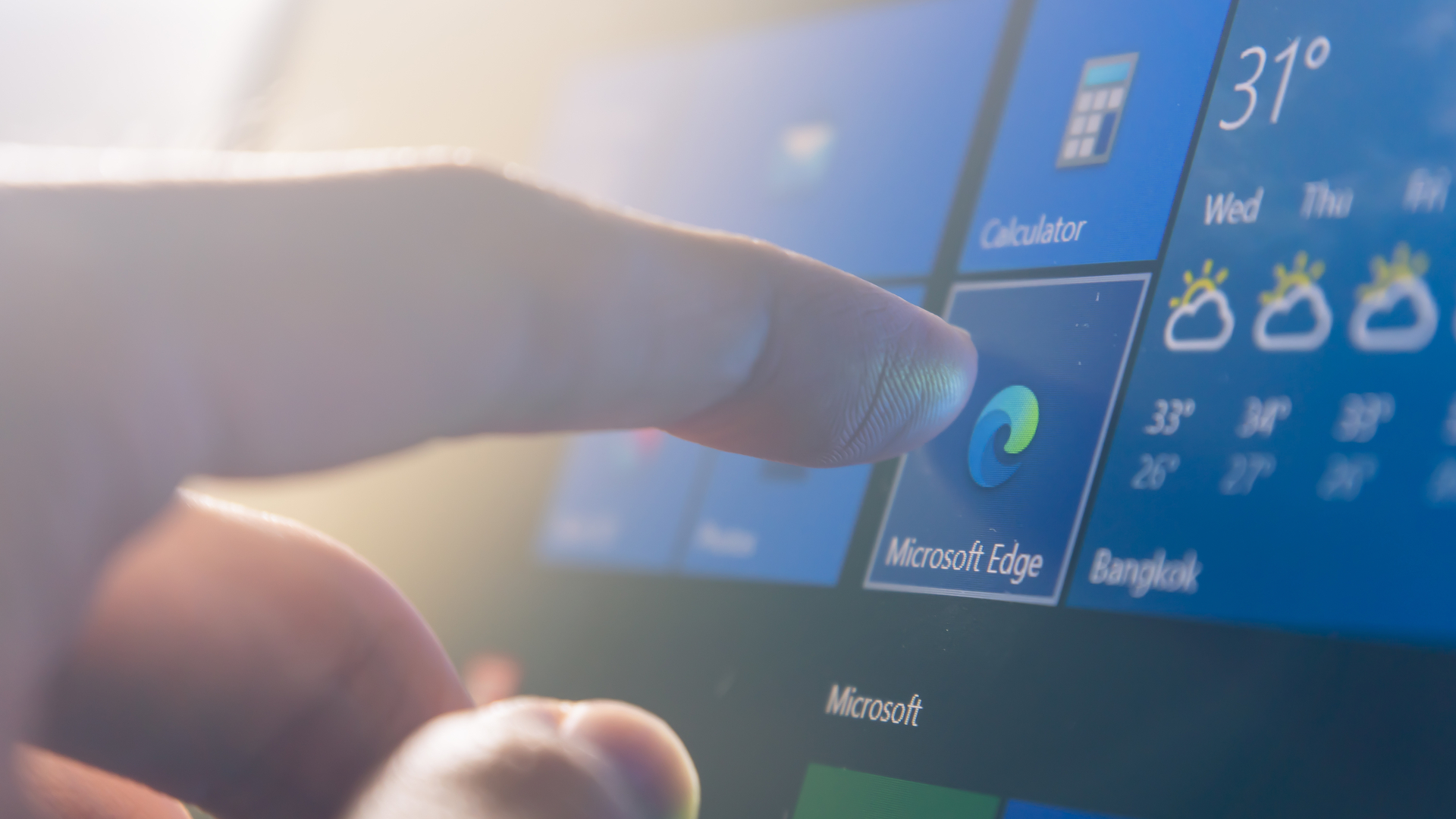
Edge of tomorrow
Microsoft’s Chromium-based Edge browser shrugged off its beta tag in January 2020, and the finished product was generally well-received by the web browsing public. In fact, by March, it had overtaken Firefox to become the second most popular browser behind only the dominant Chrome.
Since then, Edge has increased its lead and now has nearly double the market share of Firefox going by NetMarketShare’s figures (although at 11% in November, there’s still a very long way to go for Edge to get anywhere near Google’s Chrome which is on 68%).
The revamped Edge has had plenty of praise for the performance levels it offers, and more measures to push forward in that respect are already in testing. This is an obvious – and welcome – avenue for Microsoft to attack Chrome, given the latter’s main weakness is its propensity to be a resource hog.
Microsoft’s browser has also been the recipient of many useful new features this year, from additions that help with multitasking, through to functionality that will potentially save you money.
Furthermore, as of this year, Microsoft Edge is now on all promised platforms, with the Linux (preview) release having emerged in October. The stage is set for Microsoft to continue with the momentum Edge has gained this year – the company just has to be careful not to annoy users by being too pushy with ads and promotional activity, which sadly became something of a theme for 2020. Cut that out for 2021, Microsoft, and let your product gain standing and followers on its own merit – something it’s perfectly capable of doing.
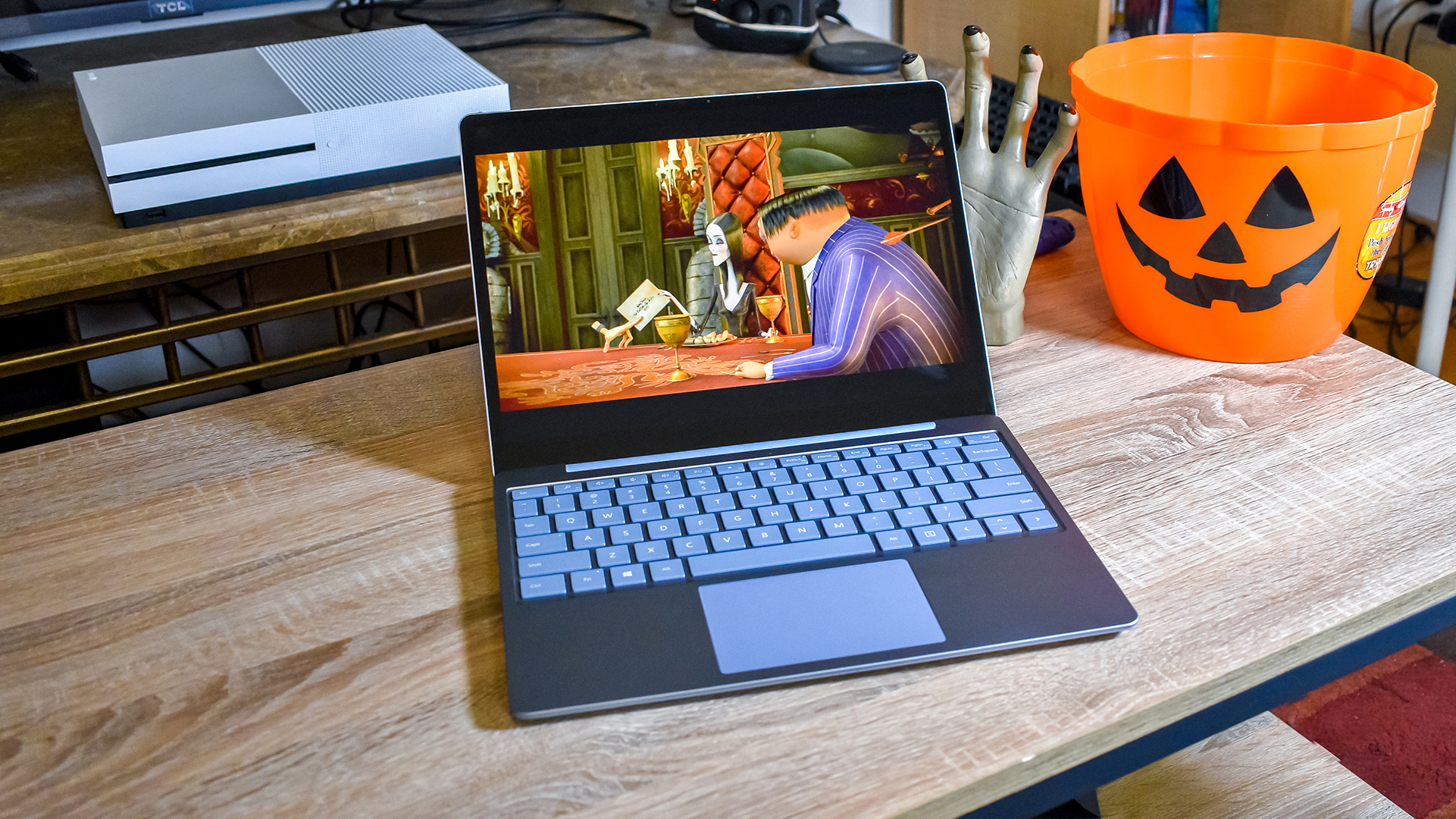
Concluding thoughts
Overall, 2020 was a bit of a mixed bag for Microsoft. There wasn’t much doing with Windows 10, and indeed the operating system probably had its quietest year ever – albeit if a lot was seemingly going on in the background. The delay of Windows 10X, and indeed Surface Neo and other dual-screen devices, was disappointing, particularly in some ways because Surface Duo did turn up – and showed us just how promising these innovations might be.
Surface Duo proved to be an impressive piece of hardware for 2020, no doubt, albeit with its own weak spots as a mobile device, and furthermore Microsoft produced an excellent device in the form of Surface Laptop Go, which was a lesson in how to make an affordable notebook that doesn’t compromise an inch on quality and style. A notable blip on the Surface radar, however, was the Pro X being seriously embarrassed by Apple’s ARM chip in the performance stakes.
Edge moved forward nicely throughout the year, and is now the second most popular browser after Chrome (at least going by one analytics firm), and Microsoft picked up momentum considerably on the gaming front, most notably with that big ZeniMax deal. Xbox Game Pass for PC solidified its reputation as a great value proposition, too – and that’s only going to get better as we look to 2021.
Next year should also witness the launch of Windows 10X – in fact, the lightweight spin on Microsoft’s OS could emerge early in 2021, in theory – and we can keep our fingers crossed that we’ll see Surface Neo not too far behind (but some folks have doubts on that score). Surface Pro and Surface Laptop refreshes are also expected next year – probably sooner rather than later – and it’ll be a big surprise if we don’t see a major revamp for the interface of Windows 10, so 2021 is already shaping up to be a very important year for Microsoft.
- We solve 100 common Windows 10 problems
from TechRadar - All the latest technology news https://ift.tt/3aI7rYB
No comments